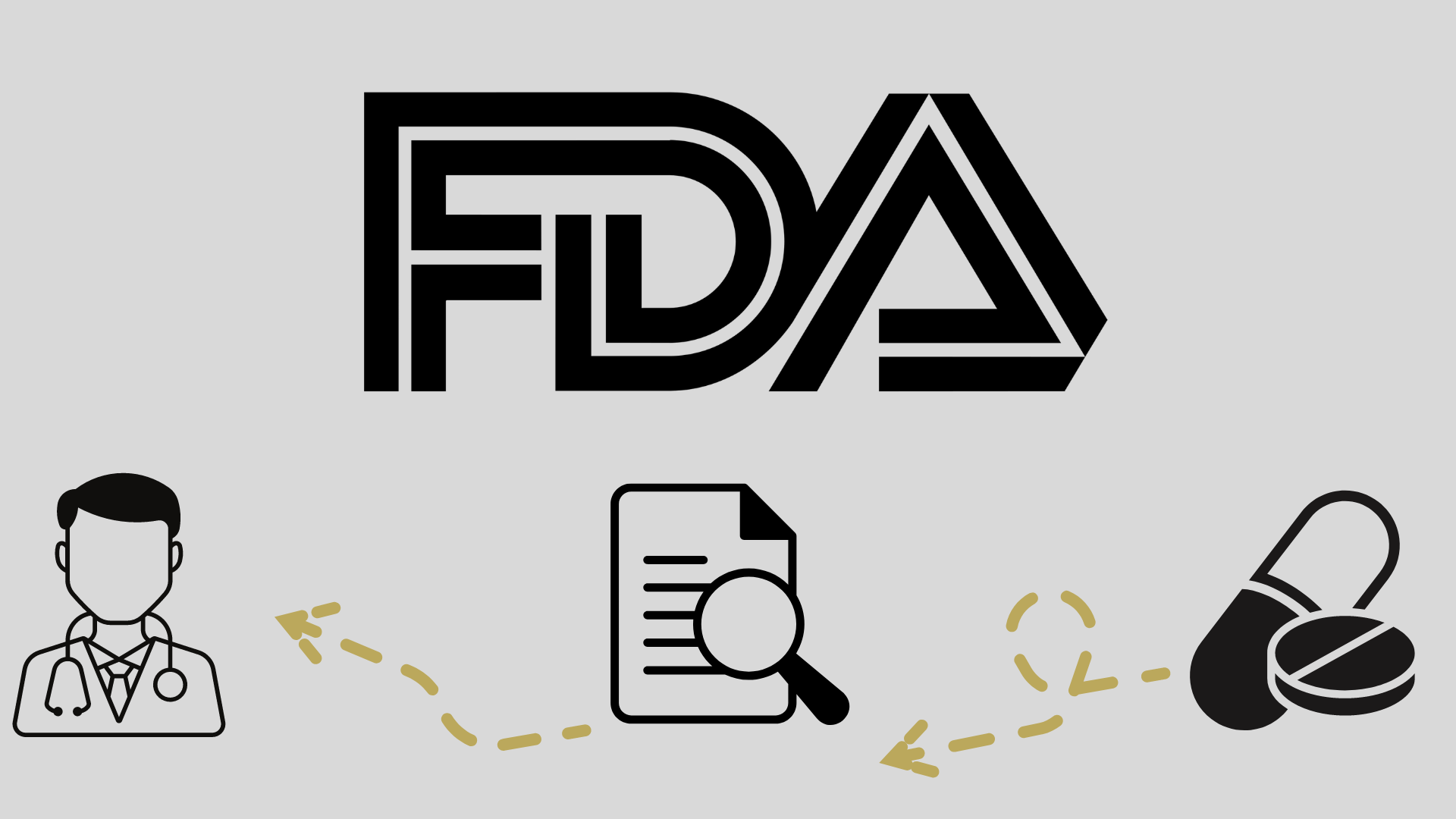
New FDA Guidance Looks to Improve Clinical Trial Enrollment and Diversity

Recently published guidelines from the FDA aim to expand eligibility criteria in clinical trials with recommendations for laboratory values, washout periods, and patient performance status.
The FDA announced new guidance to expand eligibility criteria with the goal of improving participation and diversity in oncology clinical trials.These 3 areas of change include laboratory values, washout periods, and performance status.
While the FDA notes that these are level 1 guidance and nonbinding, the draft documents state, “eligibility criteria are sometimes more restrictive than necessary, and expanding eligibility criteria to be more inclusive is one trial design consideration that may improve the diversity of clinical trial populations.”1,2,3
These guidelines were distributed for comment, and the deadline for comments is June 25, 2024.
Laboratory Values
In the FDA’s document on laboratory values guidance, it recommends that laboratory values should only serve as exclusion criteria when needed to mitigate safety concerns.1 Any restrictions for renal, hepatic, or bone marrow function should reflect “specific, well-reasoned concerns,” based on previously observed safety data. Exclusionary laboratory values should be specific to the drugs under investigation and based on their mechanism of action, pharmacokinetics (PK), and pharmacodynamics (PD).
The FDA also encourages adjusting these criteria as a drug moves from early phase to late phase development, whether that is loosening or tightening any laboratory value criteria based upon what has been observed in previous phases. Additionally, The FDA urges consideration of interlaboratory variation as well as demographic differences in race and ethnicity when selecting acceptable laboratory ranges.
Washout Periods and Concomitant Medications
The FDA recommends that any time-based washout periods should be based upon relevant PK and PD of the therapy under investigation.2 Further, this justification should be specified in the protocol. Appropriate causes for washout periods could include if a prior therapy demonstrated delayed antitumor effects and the objective of the trial is to investigate the a new agent’s antitumor effect.
If possible, appropriate clinical and laboratory criteria should be used in place of time-based washout periods. For example, it would be preferable for eligibility criteria to provide the stipulation that a patient’s laboratory test values must have returned to a normal range following a prior therapy instead of using a predefined washout period timeframe. Moreover, the guidance recommends that patients should be recovered from clinically significant adverse events resulting from prior therapy.
Regarding concomitant medications, a patient’s exclusion should only be considered if the known drug-drug interactions or overlapping toxicities present a safety risk. Any required dose modifications should be specified in study materials and protocols, and patients and caregivers should be made aware of these potential modifications.
Patient Performance Status
Any rationale for patient exclusion based on low performance status should be included in the trial protocol.3 The FDA encourages including patients with lower performance statuses “in a way that contributes to a greater understanding of the efficacy and safety profile of the investigational drug while maintaining patient safety.” Patients with an ECOG performance status of 2 or a Karnofsky performance status of 60 to 70 should be included unless there is a clinical rationale based on safety for exclusion.
The guidelines recommend creating prespecified cohorts for patients with low performance statuses that are exempt from the primary analysis to encourage inclusion and collect relevant safety data. Additional recommendations for assessment of functional status, including patient-generated activity data and assessment of patients’ overall health, should also be considered when enrolling patients in clinical trials.








































